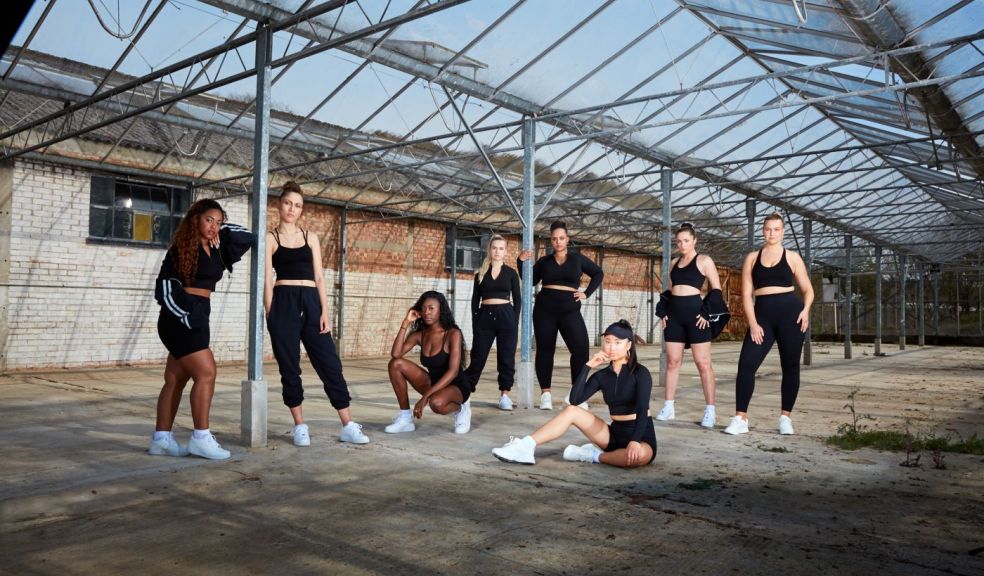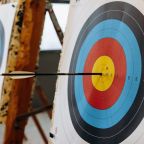
Inequality in Women's Sport & Fitness
Despite recent successes and breakthroughs, inequality is still rife in the sports and fitness industry. There's still only one football club in the world that pays its male and female players equally (Keep up the good work Lewes FC), and until the Norwegian handball team protested and changed regulations, female players faced fines and bans for wearing anything more modest than a bikini.
There are many other ways that the fitness and sports industries play against women – limiting access for many who might otherwise become involved from an early age.
To bring this to light, sports and fitness experts at sustainable activewear brand, TALA, have delved into the main challenges facing women today, including lack of access, representation, gender confidence gaps and the lack of media exposure, with expert commentary from key players in the industry.
There are plenty of challenges women face when thinking about starting a sport – from lack of representation to lack of access and reduced confidence. In fact, 30% of women have experienced a lack of access to sports and fitness resources, including being denied opportunities to participate in sports at an early age. 47% of women surveyed were not able to play rugby, and 41% couldn't play football during their school years.
Vicky Fleetwood, rugby union player and Rugby World Cup winner, says that the main issue she identifies within the industry is the barriers to entry for new players, which she contributes to a "lack of support and good coaching at grassroots level".
Representation
There is a distinct lack of representation in the sports industry as a whole. Only 4% of all sports coverage is dedicated to women's sports outside the Olympics. This includes only a handful of female presenters. 62% of women surveyed believe there is a lack of representation of women's sports in the media.
Besides the obvious gender gap, the representation of different bodies is also lacking in most sports. Bodies of larger sizes or more muscle mass tend to be pushed to the sidelines in marketing campaigns, telling young girls that their bodies can't participate.
Grace Beverley, fitness expert and founder of sustainably made activewear brand TALA, comments, "Up until only a couple of years ago, lifting weights was seen as 'manly', and the weights section of the gym felt like an exclusive boys club. Although social media has definitely helped encourage more women to take up space in the gym (as they should!), it can still feel like an incredibly male-dominated environment, and this needs to change."
Racism is also an issue that Black female athletes face constantly. Just look at how the Tokyo Olympics failed their Black competitors – bans on swim caps designed for Black hair types, athletes banned for having naturally higher levels of testosterone, and plenty more besides the treatment of both Black women and men in sports is another barrier that is impacting other BIWOC from entering the industry.
Confidence
The gender confidence gap continually shows that most cis-men are far more comfortable with self-promotion. In contrast, many women struggle with this in various walks of life, but particularly in sports. Girls learn important life skills such as teamwork, leadership, and confidence through playing and participating in sports.
73% of women believe the health and fitness benefits of participating in sports or using gyms are important, and 71% think the confidence and self-esteem benefits are important for women and girls.
So the question is, how can we help women feel more confident to participate in sports? Do we need more female-only workout spaces or potentially more male allies in the gym? According to TALA's survey findings, we need both. 39% of women think positive male allies would make them more likely to participate in sports, with 55% agreeing they would more frequently exercise or go to the gym in a female-only gym or space.
Additionally, seeing better representation, celebration, and success of female athletes in mainstream media can help encourage more confidence. 45% of women believe increased media exposure in sports, and fitness will change misogynistic attitudes, helping to open up the space for more women to participate.
Lack of access
Accessibility is another challenge that many women face – from feeling intimidated by unisex gyms, not being offered certain options during PE lessons, and lack of access to facilities and certain sports can greatly impact women's opportunities and ability to participate in the industry.
47% of women we surveyed were not able to play rugby, and 41% couldn't play football at school during PE lessons as these two sports are considered "boys" sports. The Women's Sport Foundation has found that girls have 1.3 million fewer opportunities to play school sports than their male classmates. Lack of physical education in schools and limited opportunities to play sports in both school and university mean girls have to look elsewhere for sports – which may not exist or cost more money, making them even less accessible.
Location is also a significant factor in why girls and women drop out of sports. Being able to travel to another location regularly is not always possible due to extra costs or childcare needs – further indicating that women are disadvantaged when trying to participate in sports.
The solution
So what can be done to help more women feel welcomed into sports?
One solution could be to open more women-only gyms. You need only glance at TikTok to see the hundreds of first-hand accounts of women's experiences at the gym to see how they can be treated in shared spaces.
39% of women surveyed believe female-only gyms and sports teams would make them more likely to participate in sports. Opening more women-only spaces may help to improve comfort and confidence within the fitness industry, making it easier for women to participate in sports or exercise of their choice.
Not limiting access to sports at a young age will go a long way to helping improve confidence as well as the number of female athletes we see in championships and competitive levels. The #LetGirlsPlay campaign wants just that – opening up football as an option for girls' PE classes in schools.
Better media coverage is also essential. 79% of women believe increased media exposure in sports, and fitness could change misogynistic attitudes. You need only look at the comparison in viewership of the UEFA Women's Euro's final of 365 million viewers versus the expected 5 billion viewers set to tune in to the FIFA World Cup.
These opinions appear to be supported by studies, as research suggests that women's sports could make up to £1bn if the events are marketed properly. Unfortunately, there will always be offensive comments filtering through, but by giving female sports teams their fair share of exposure, these mindsets can and will change over time.
TALA adds, "Although we understand that as a smaller brand we can only go a slight percentage of the way to addressing this larger-scale issue, at TALA, we believe that creating a strong community for women, by women goes some way to help. Our brand's social media community is a place where we want women to feel empowered, and we want to be a voice to represent these thousands of women."










